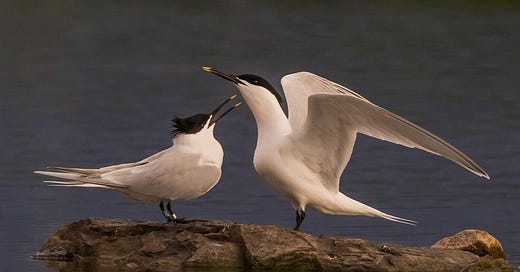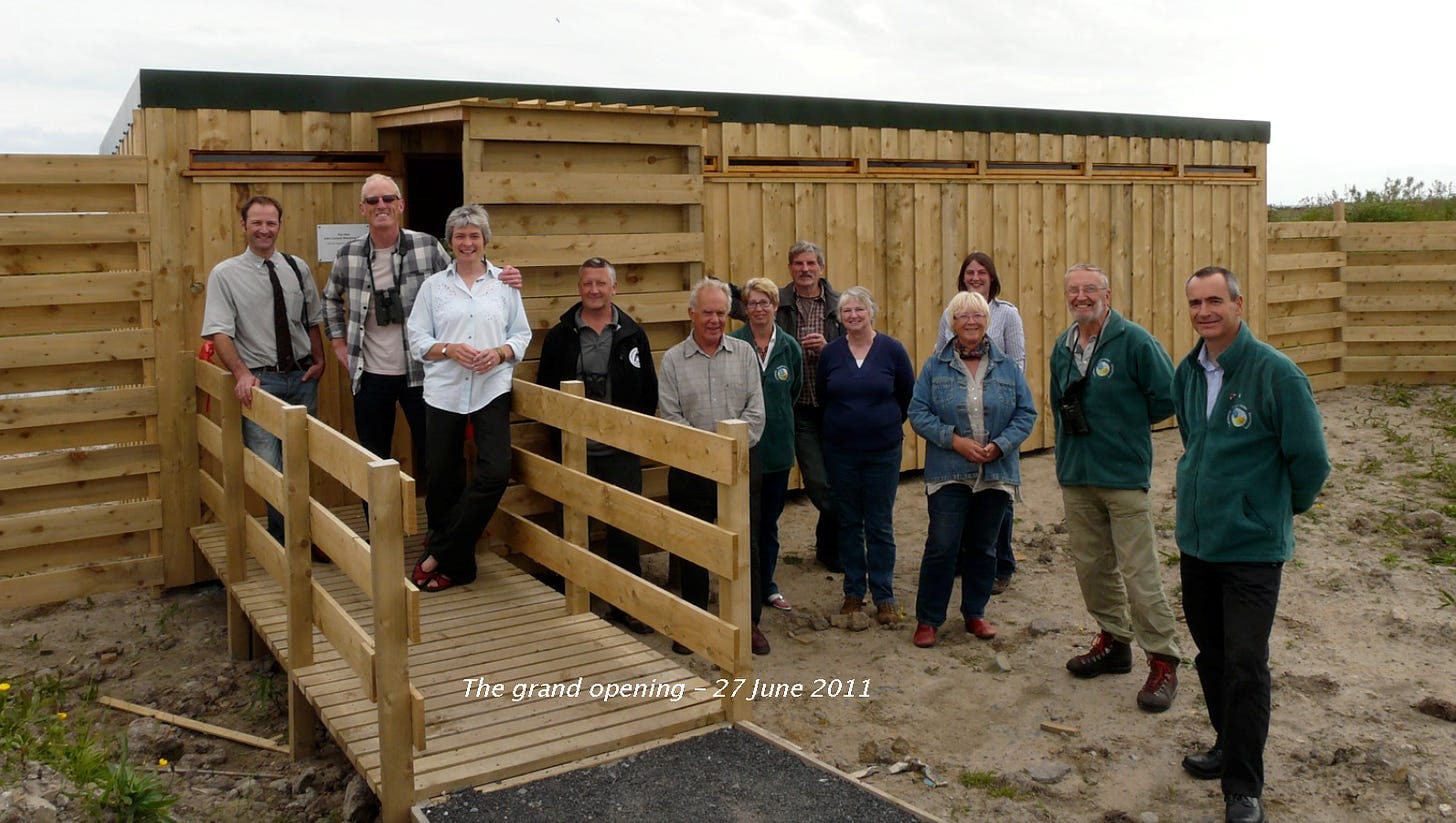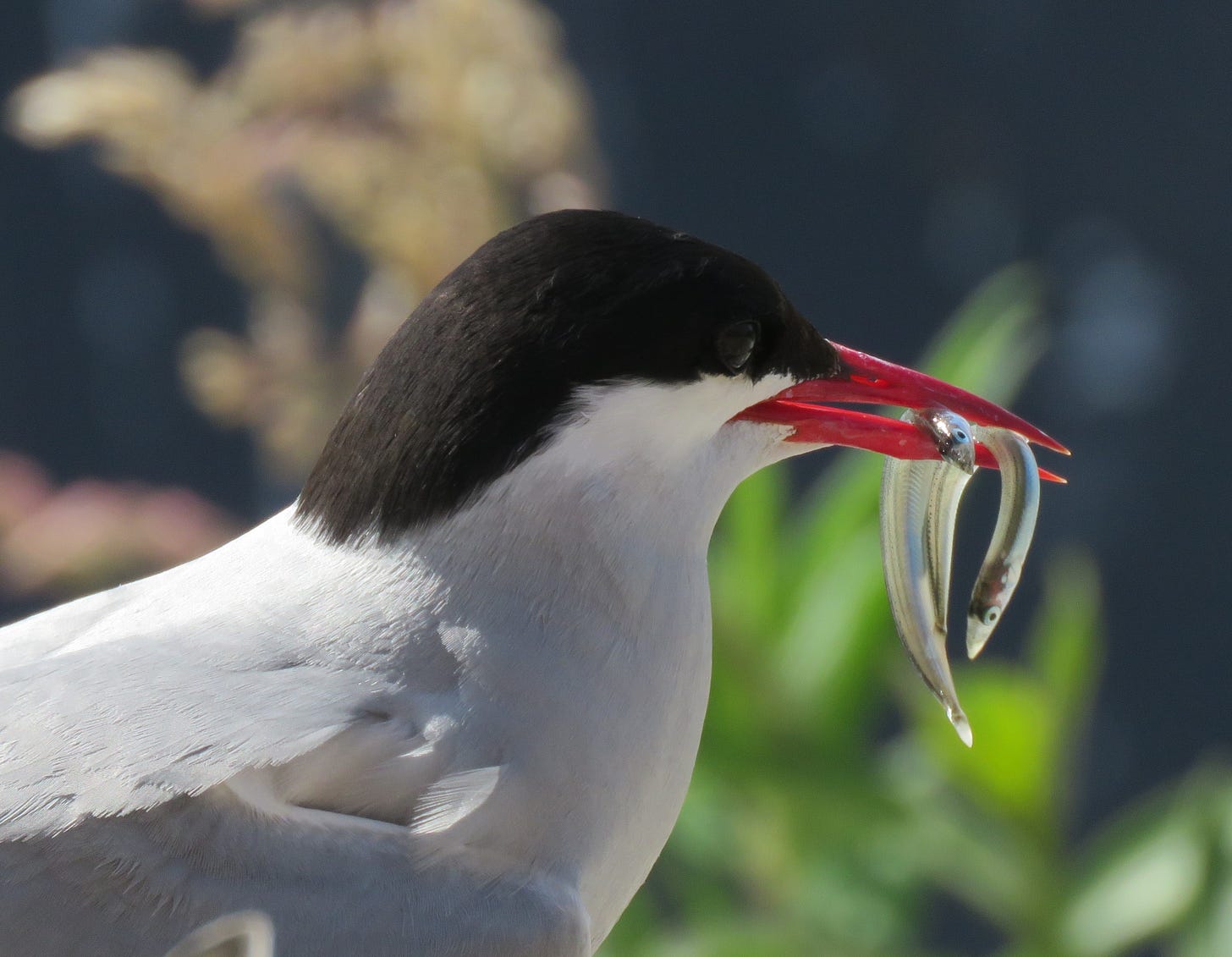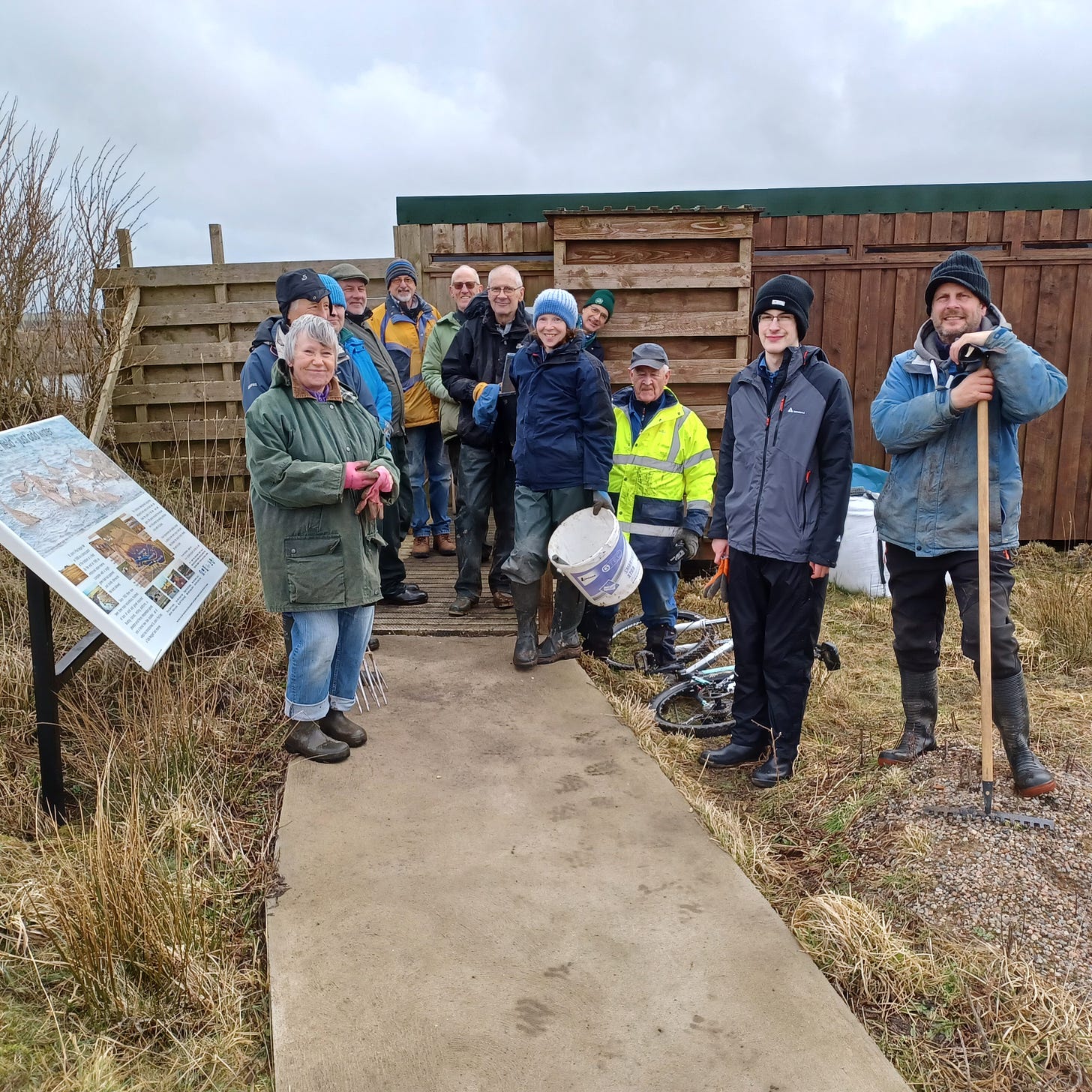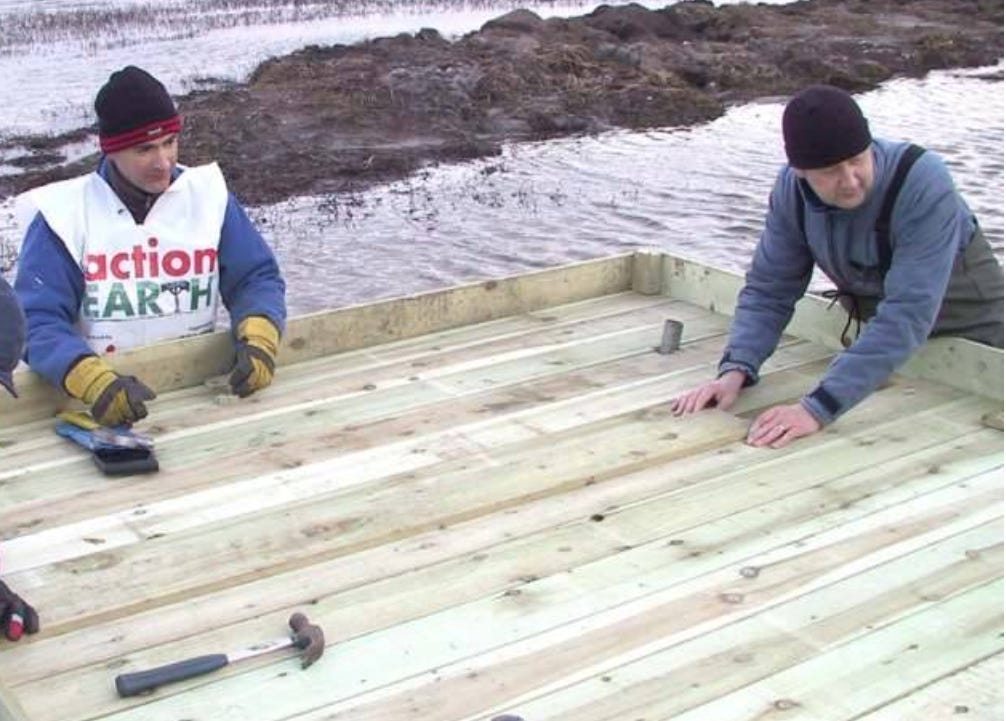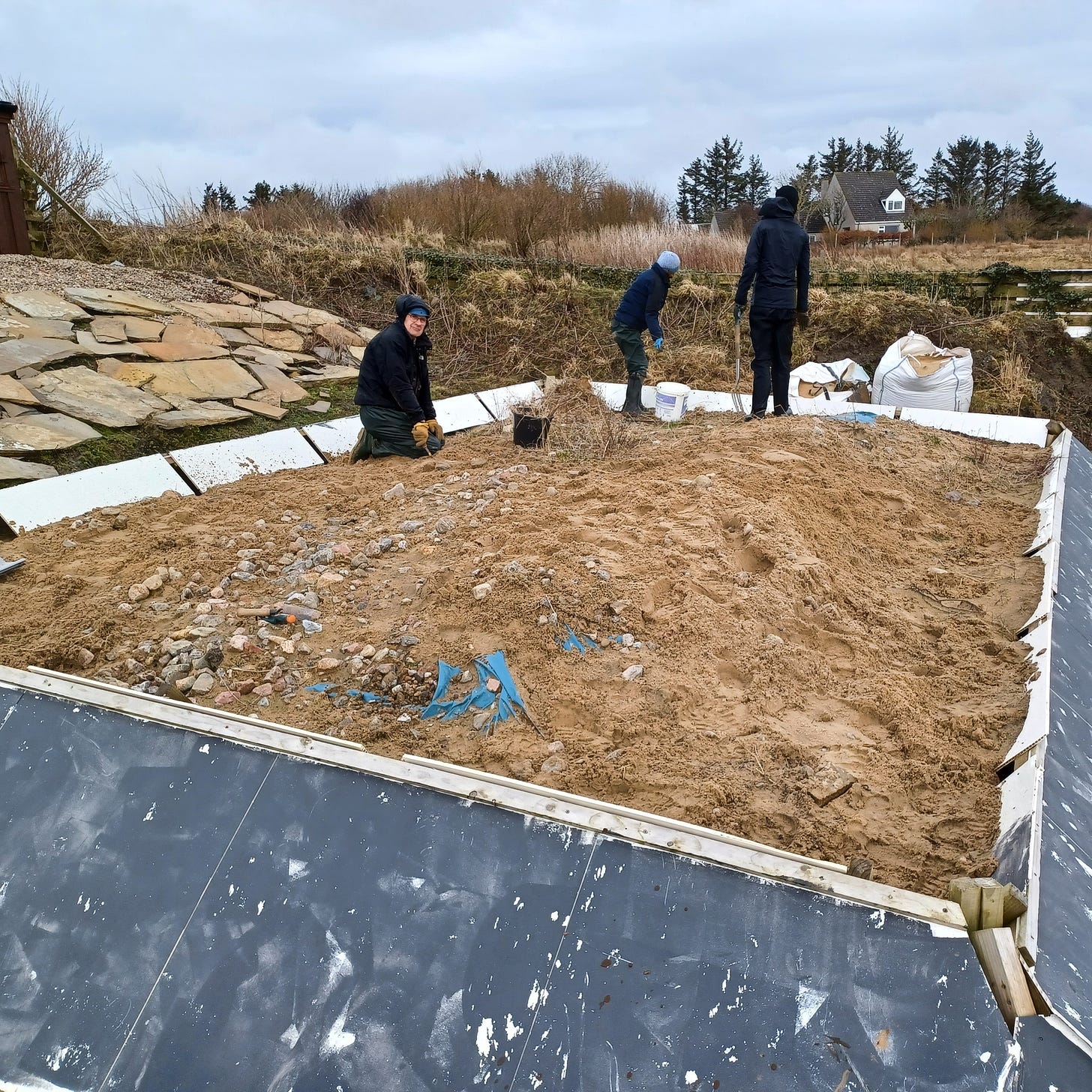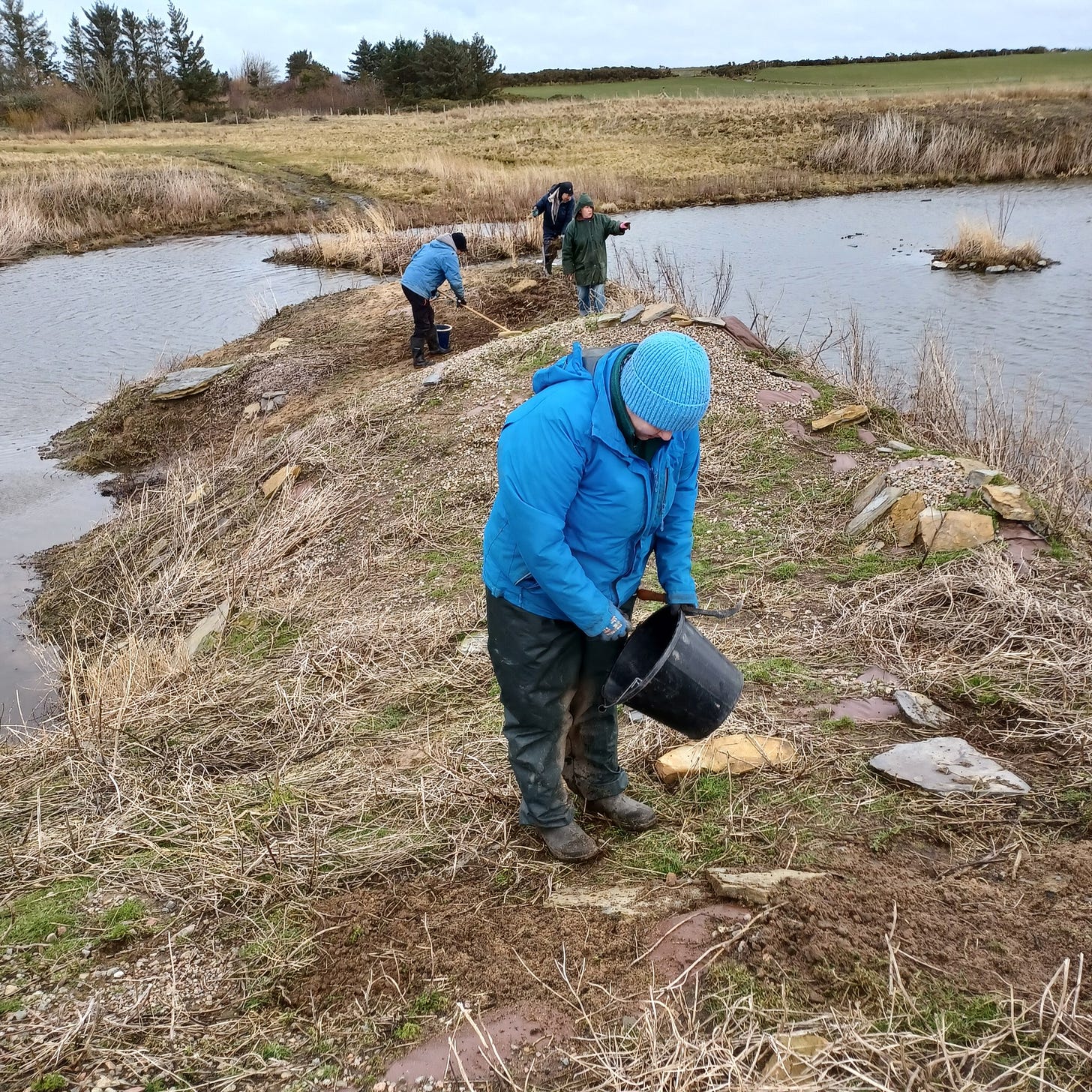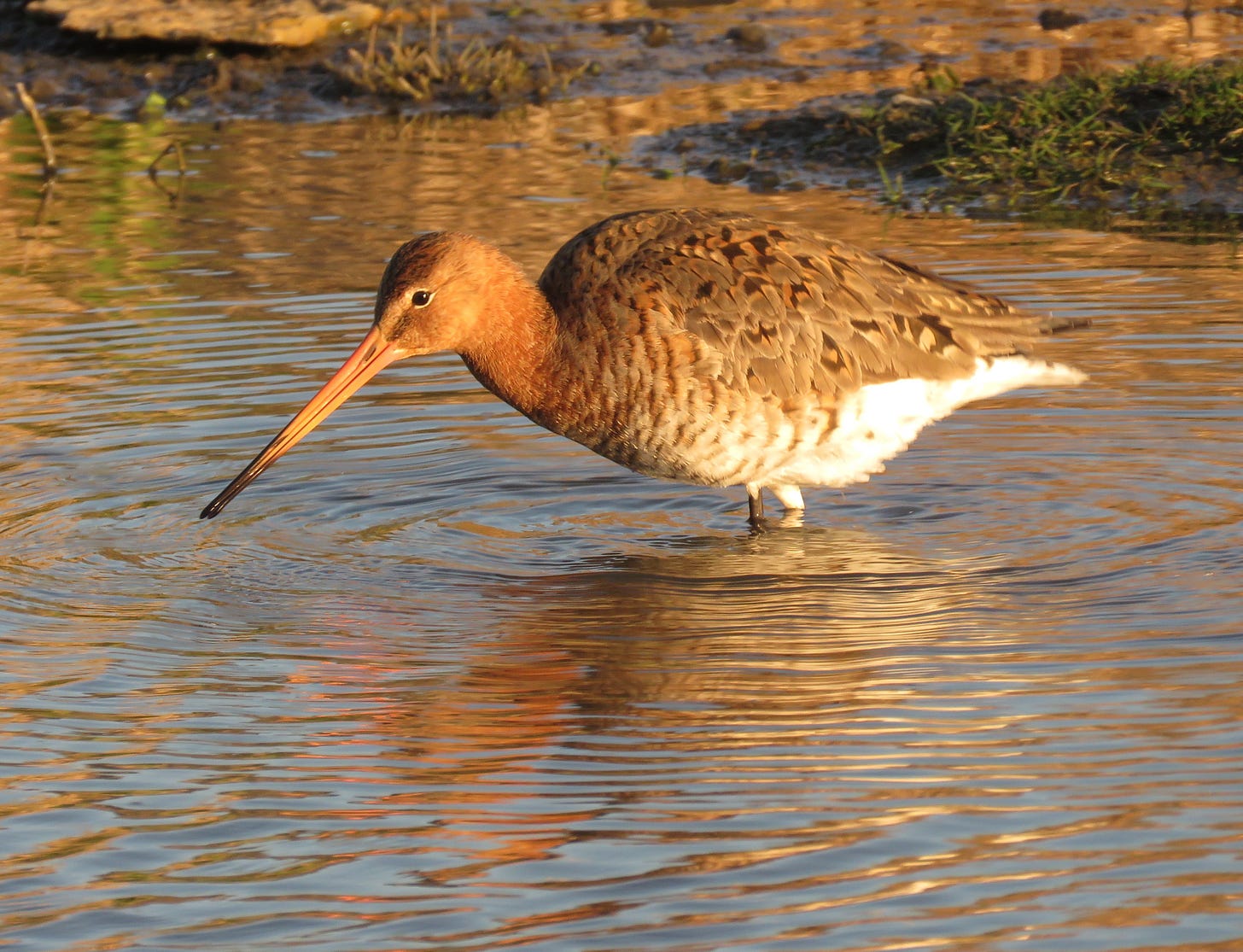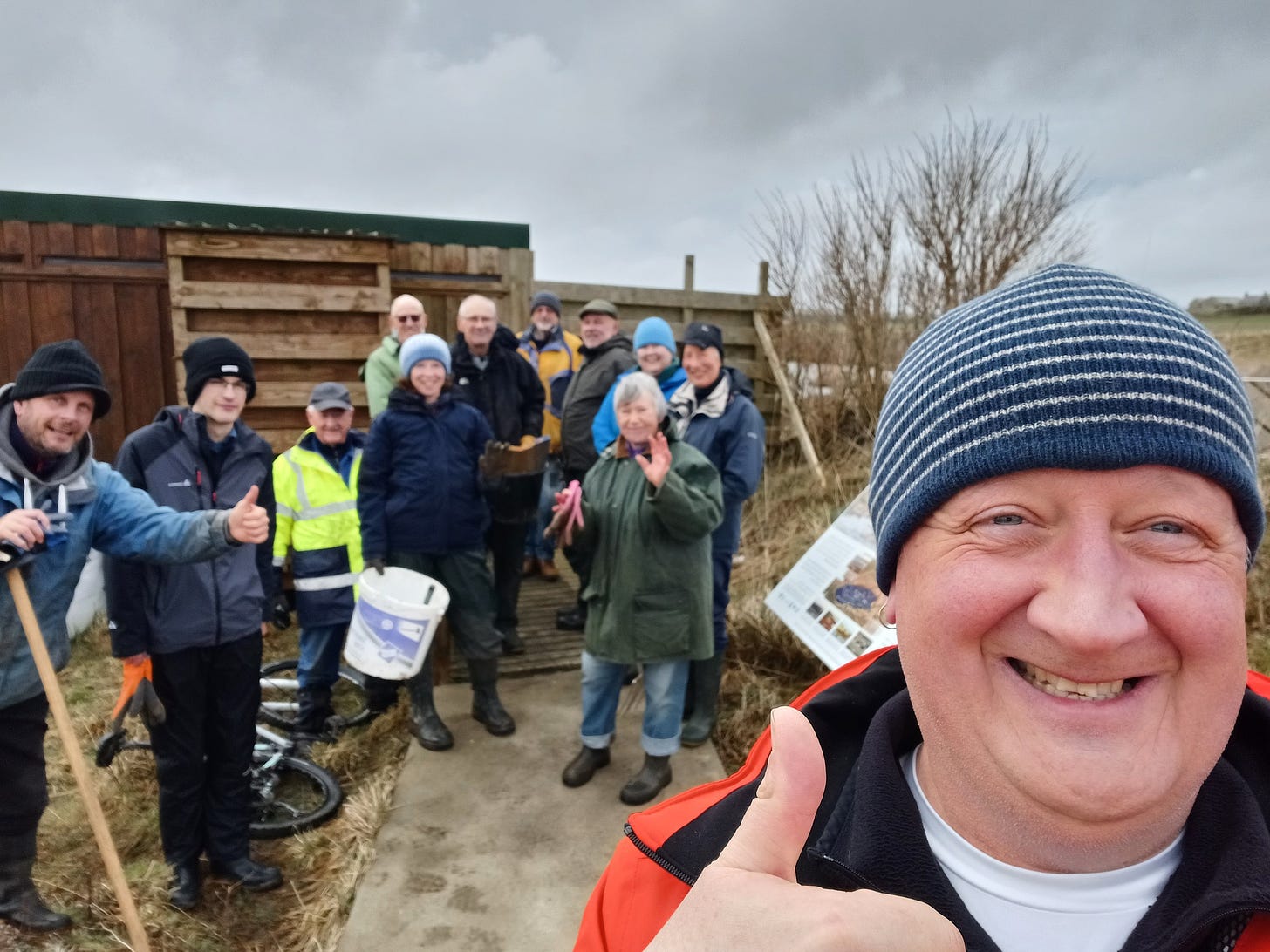The Flight Path to Conservation: St John's Pool's Journey from Field to Bird Reserve
Paul reflects on a remarkable journey and the difference conservation volunteering makes
St John's Pool Bird Reserve began life in 1988 as a damp patch in the corner of a field at the side of St. John's Loch. Since then it has been transformed into a unique birdwatching experience on the north coast of Caithness - attracting around two hundred bird species and risen to become the second largest Sandwich tern colony in Scotland.

The site has also attracted thousands of visitors from across the globe - not only the feathered variety. This has even included members of the Royal Family, notably King Charles III .
As the project has developed over the years, it now incorporates two water-level photography hides which offer exceptional views and insights into the lives of the birds which use the pool. The reviews of the facilities by professional photographers; wildlife tour operators; media presenters; school teachers; disabled groups as well as 'regular' visitors, have been unanimously positive and often, overwhelmingly supportive.
The aim, from early on, was to bring migrating birds to the this small private site, the effort re-focussed and became a much wider conservation project aimed at increasing overall biodiversity and improving access by offering the best possible opportunity for anyone to observe wild birds throughout the year. Despite being a privately owned reserve, the main hides have always been free and open to the public.
As a High Life Highland Countryside Ranger I am involved in a number of conservation projects. Some conservation volunteer events can be short-term, or even one-off activities. It is therefore refreshing to lead on volunteer work at a location over a longer period of time. St John’s Pool, near Dunnet in Caithness, is one such location in my portfolio.
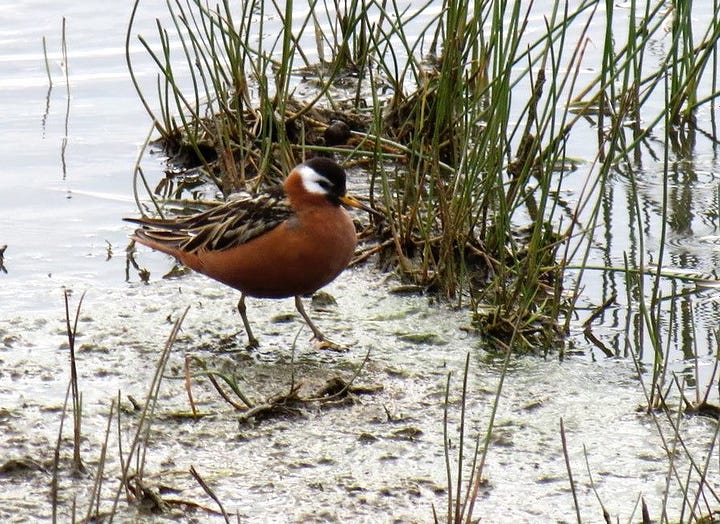
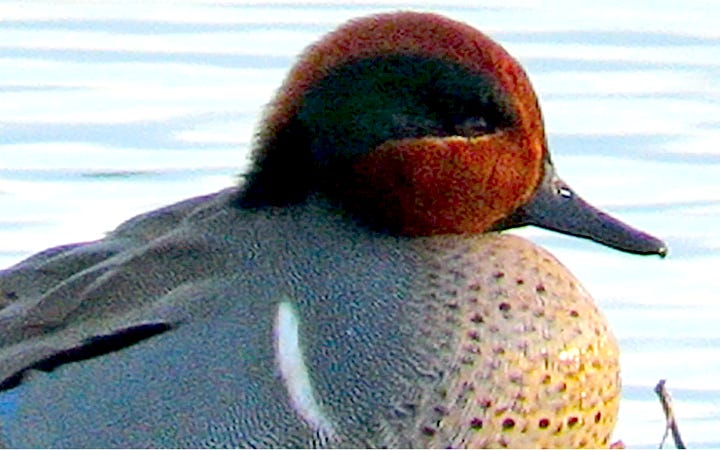
I led my first conservation volunteer activity in the far north at St John’s Pool, back in 2001. The task for that day was to build and install two floating rafts for nesting arctic terns at the site. In my head I had a design for the rafts, using timber and polystyrene blocks. The rafts would also have an angled chicken wire fence attached, to prevent otters climbing on from the water and eating the tern eggs and chicks.
The kind volunteers who came along, all helped construct the two nesting rafts and they were successfully anchored out in the pool. The rafts were quickly occupied by arctic terns and certainly helped prevent otter predation during that and future breeding seasons.
Further on-site ranger led volunteer work over the intervening years, has seen installations of raised nesting platforms, repairs to bird hide roofs, windows, access ramps, fencing, tree work, never ending weeding, installation of a huge pond liner and many other varied tasks.
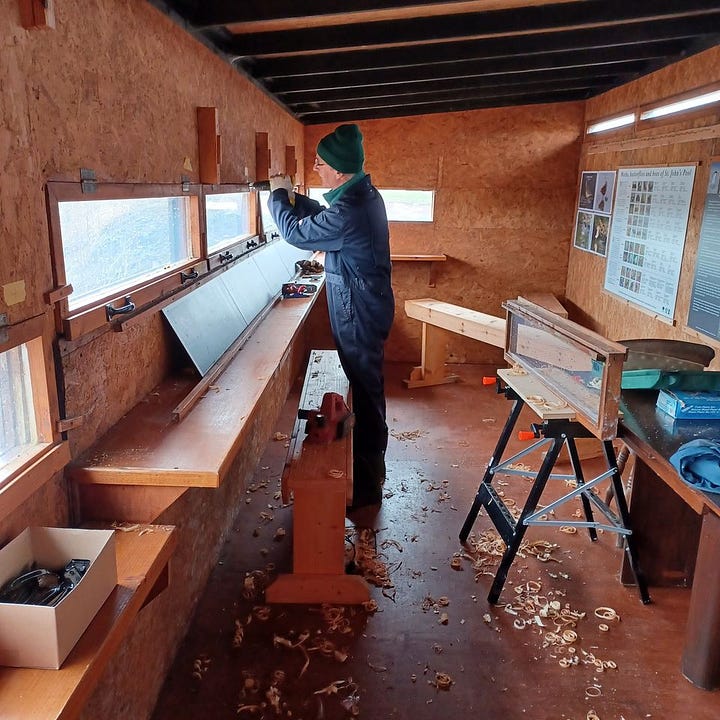
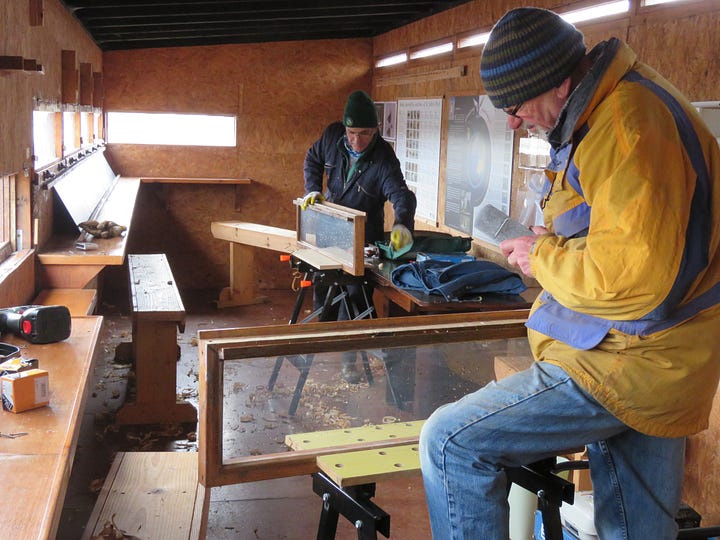
For well over twenty years, I have been involved with volunteer work parties dedicated to protecting and improving this wonderful, wild bird breeding location. We have worked there in snow, wind, rain, lovely sunshine, and everything in between.
The lastest meet was last week (March 2024) eleven wonderful volunteers joined me once again at St John’s Pool. Tasks this month included repairs to the main public bird hide windows, tree management, weeding of the arctic tern raised nesting beach and the main breeding island for sandwich terns.
We have received a great deal of support over the past thirty five years, but we have to make special mention of High Life Highland Ranger Service and Caithness Conservation Volunteers. Their contribution has been invaluable and many of the projects would not have been possible without the skills and enthusiasm that the rangers and volunteers have provided and hopefully will continue to provide. Julian Smith the owner of St John’s Pool
St John’s Pool is open to the general public through the breeding season and the views of nesting terns, wildfowl, gulls, and many other species is a sight to behold. I would urge anyone to take a visit and witness this amazing wildlife spectacle.
Caithness Environmental Volunteers are always happy to hear from folk wishing to get involved with conservation activities. Why not check them out and have some fun whilst making a big difference. Your local High Life Highland countryside Rangers are also happy to hear from anyone interested in volunteering too, just get in touch.Without the kind and dedicated help of volunteers, many conservation tasks would simply not even be considered, let alone completed. The mental health benefits of working outdoors on conservation activities, with other like-minded people, cannot be over stated.
Our world would be a much poorer place without the wonderful efforts of all kinds of volunteers, from all backgrounds. Hat’s off to all of them!
Paul Castle is the dedicated Countryside Ranger for North Sutherland and North Caithness with High Life Highland. Paul has devoted over two decades, to the ranger service of this area. His commitment reflects his love for the area, marked by its breathtaking landscapes, diverse wildlife, friendly communities and rich natural heritage. Paul's work plays a pivotal role in promoting and protecting the wildlife, flora, and fauna that make this part of Scotland so extraordinary.


